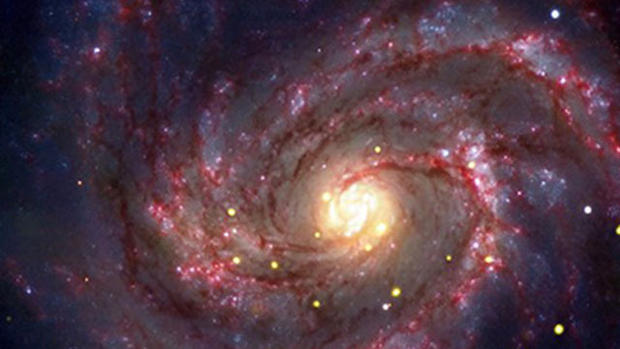Millions of black holes hidden behind veils of dust
The universe could be filled with millions of massive black holes that are being obscured behind blankets of gas and dust.
That is the conclusion from several scientists who used NASA's Nuclear Spectroscopic Telescope Array (NuSTAR) satellite observatory to uncovered five supermassive black holes that had previously been hidden from view.
"Thanks to NuSTAR, for the first time, we have been able to clearly identify these hidden monsters that are predicted to be there, but have previously been elusive because of their surrounding cocoons of material," said George Lansbury of Durham University, lead author of the findings accepted for publication in The Astrophysical Journal and presented on Monday at the Royal Astronomical Society's National Astronomy Meeting in Llandudno, Wales.
"Although we have only detected five of these hidden supermassive black holes, when we extrapolate our results across the whole universe, then the predicted numbers are huge and in agreement with what we would expect to see," Lansbury added.
The scientists pointed NuSTAR at nine galaxies where supermassive black holes were thought to be extremely active but largely obscured. The five possible black holes were found to be feasting on surrounding material and more active than previously thought.
While hidden from view from most other telescopes, NuSTAR can spot these black holes by detecting the highest-energy X-rays, which can penetrate through the enshrouding gas and dust.
"High-energy X-rays are more penetrating than low-energy X-rays, so we can see deeper into the gas burying the black holes," Daniel Stern, the project scientist for NuSTAR at NASA's Jet Propulsion Laboratory in Pasadena, California.
"NuSTAR allows us to see how big the hidden monsters are, and is helping us learn why only some black holes appear obscured."

